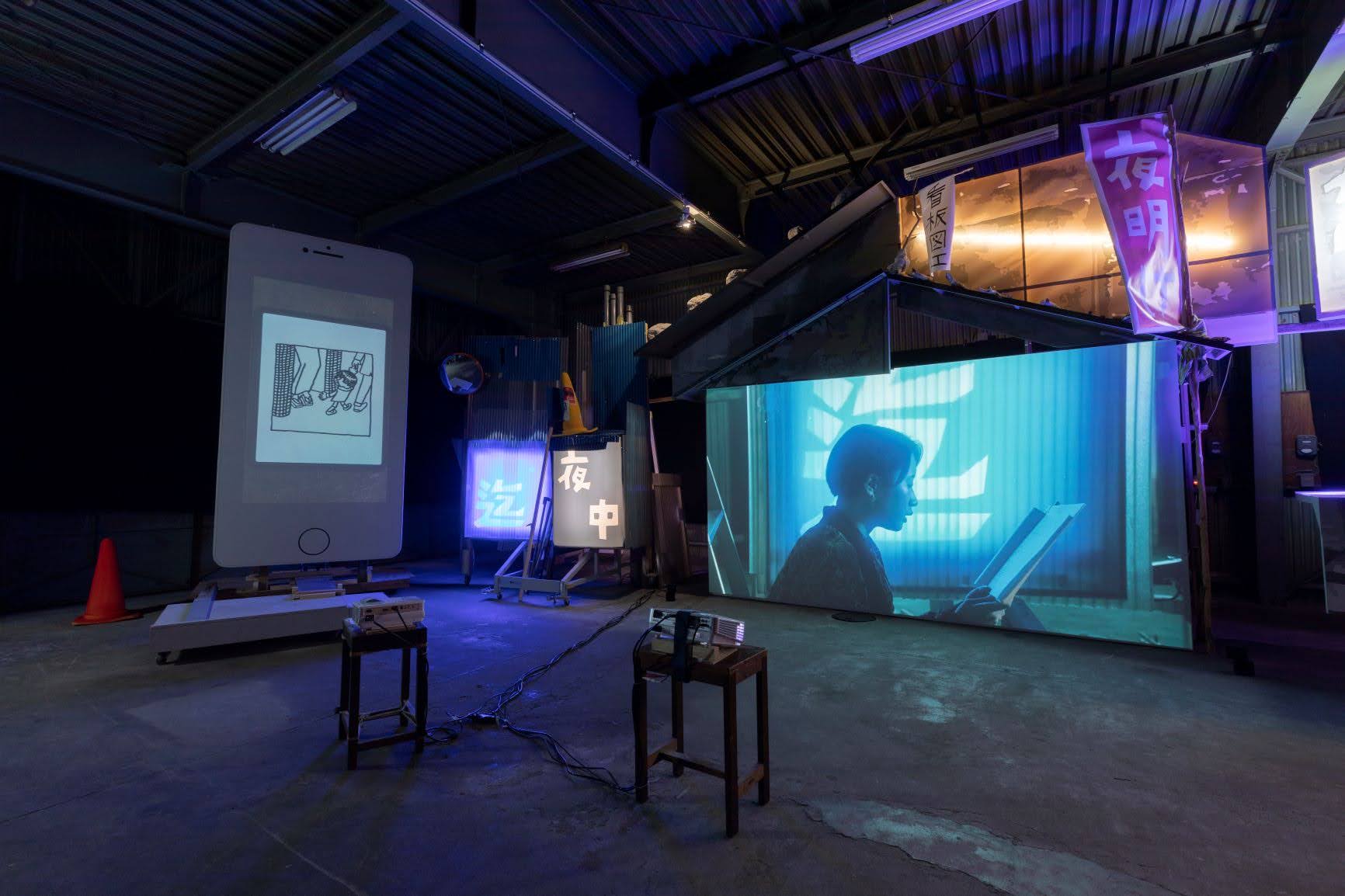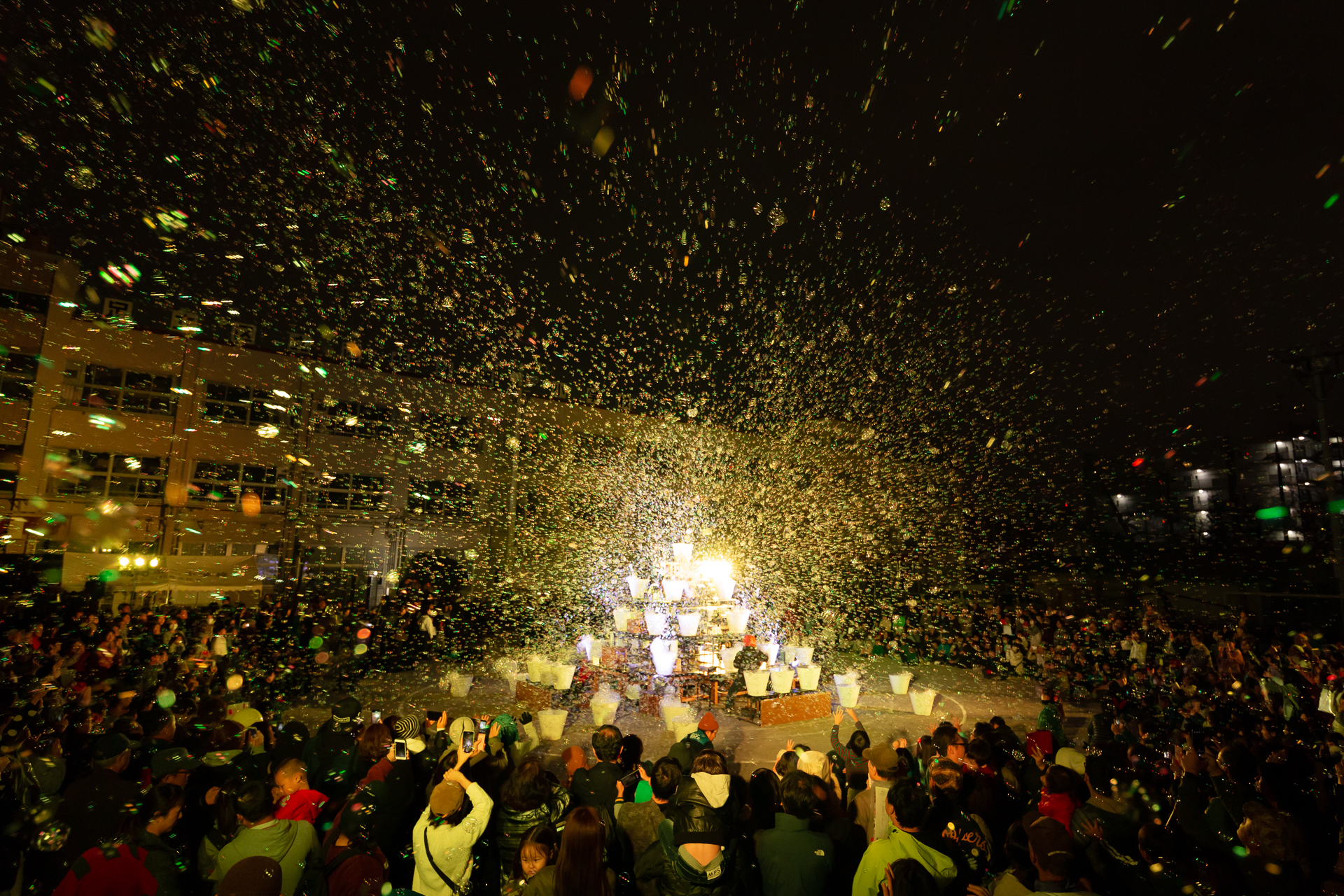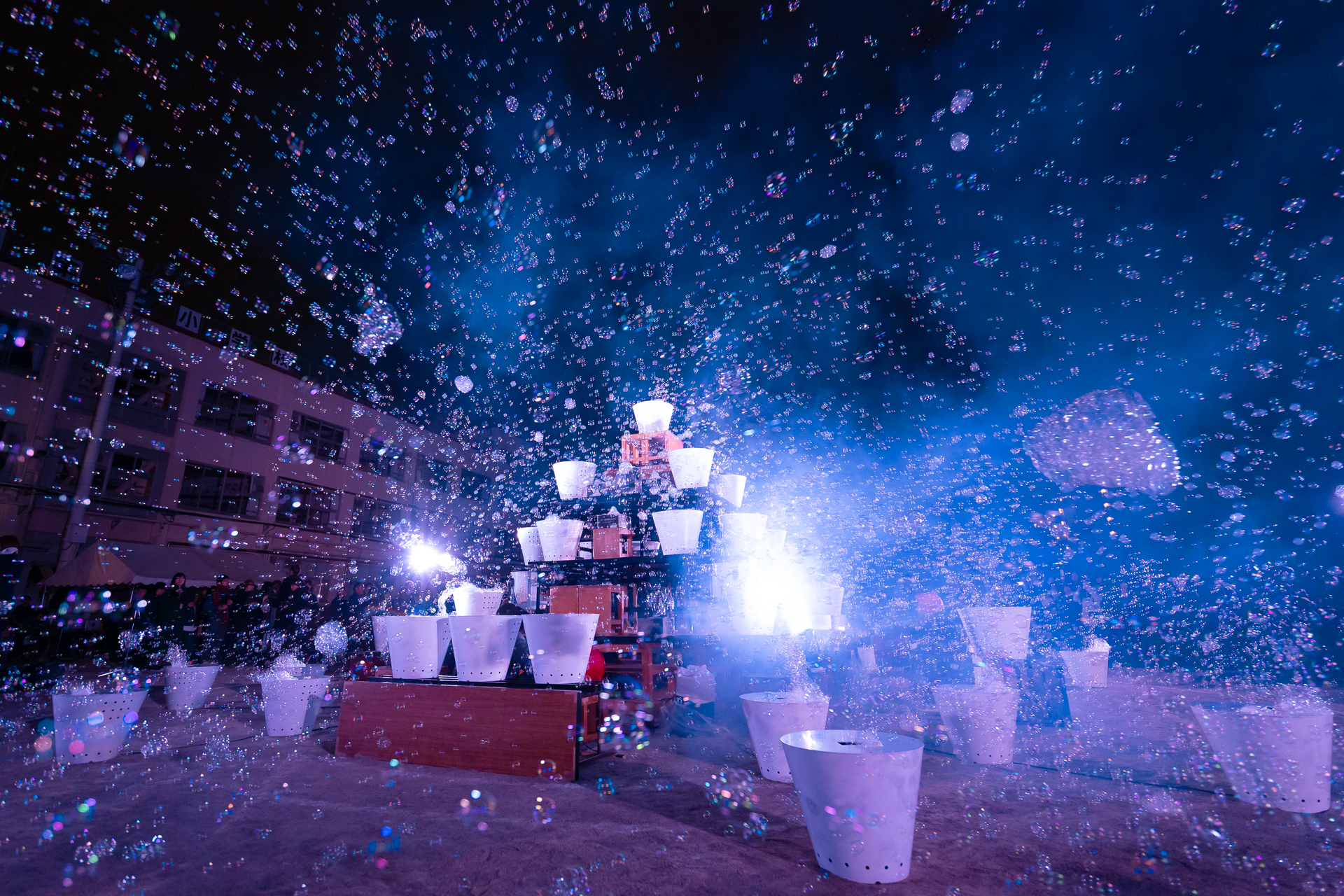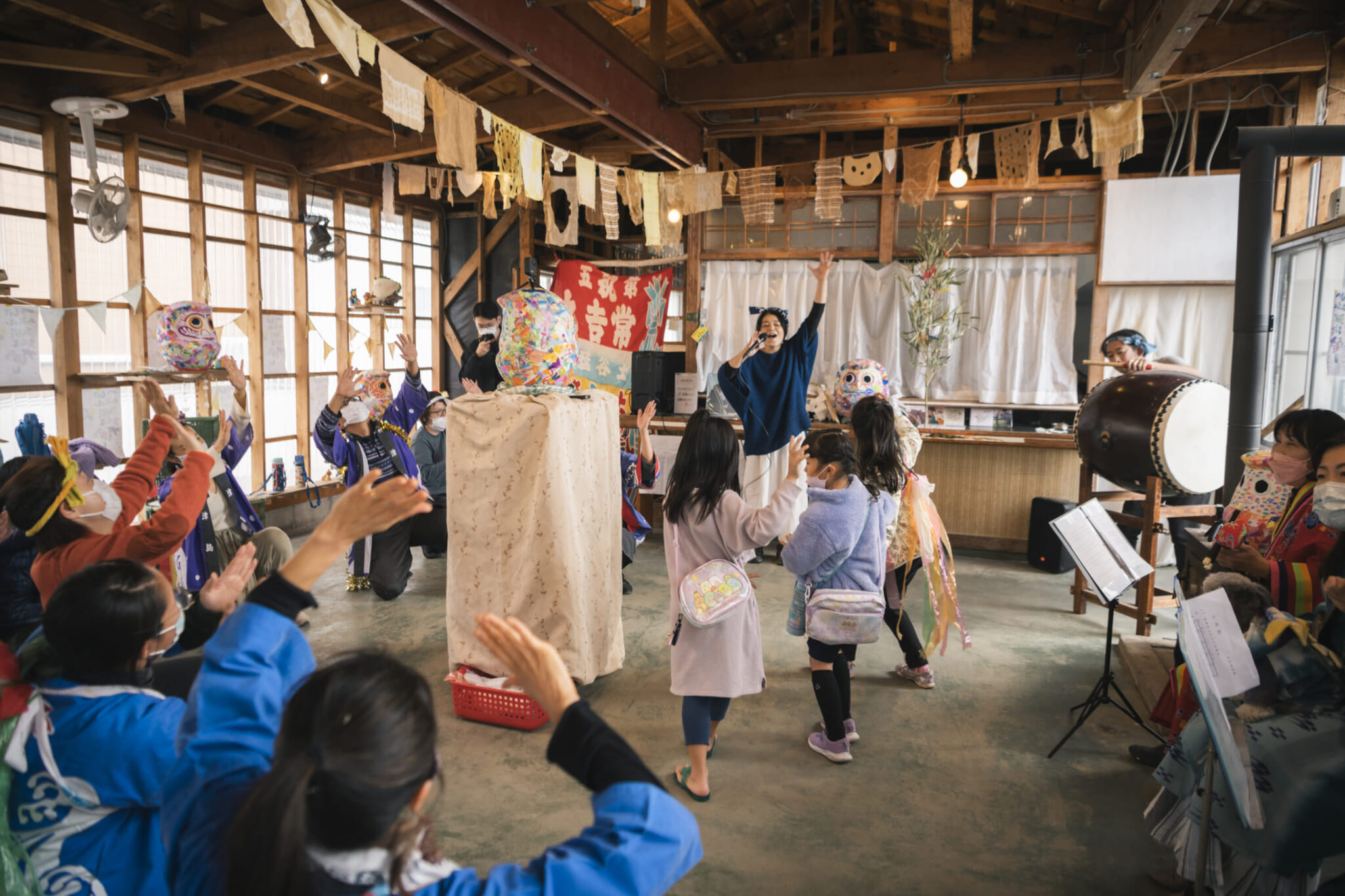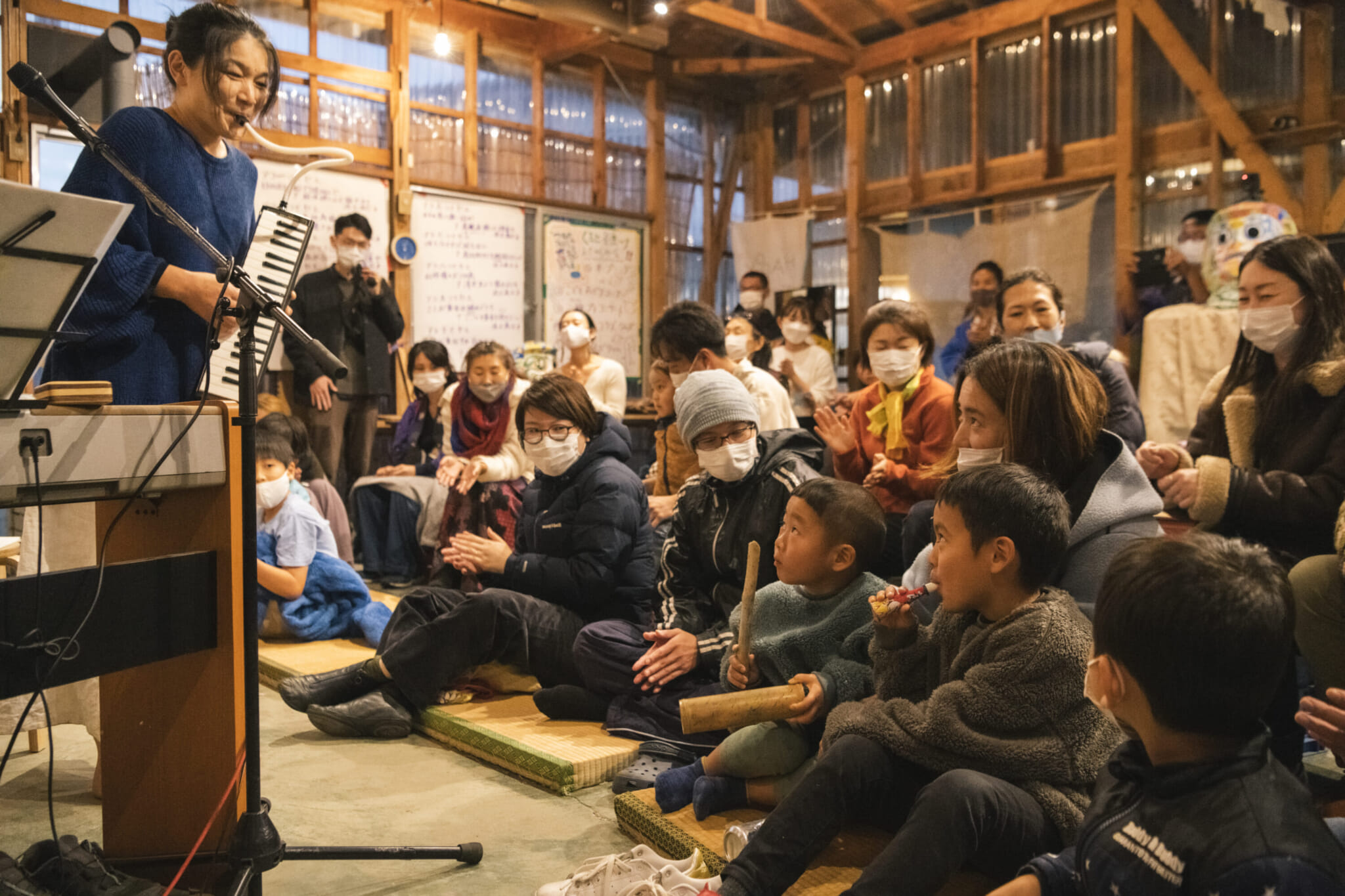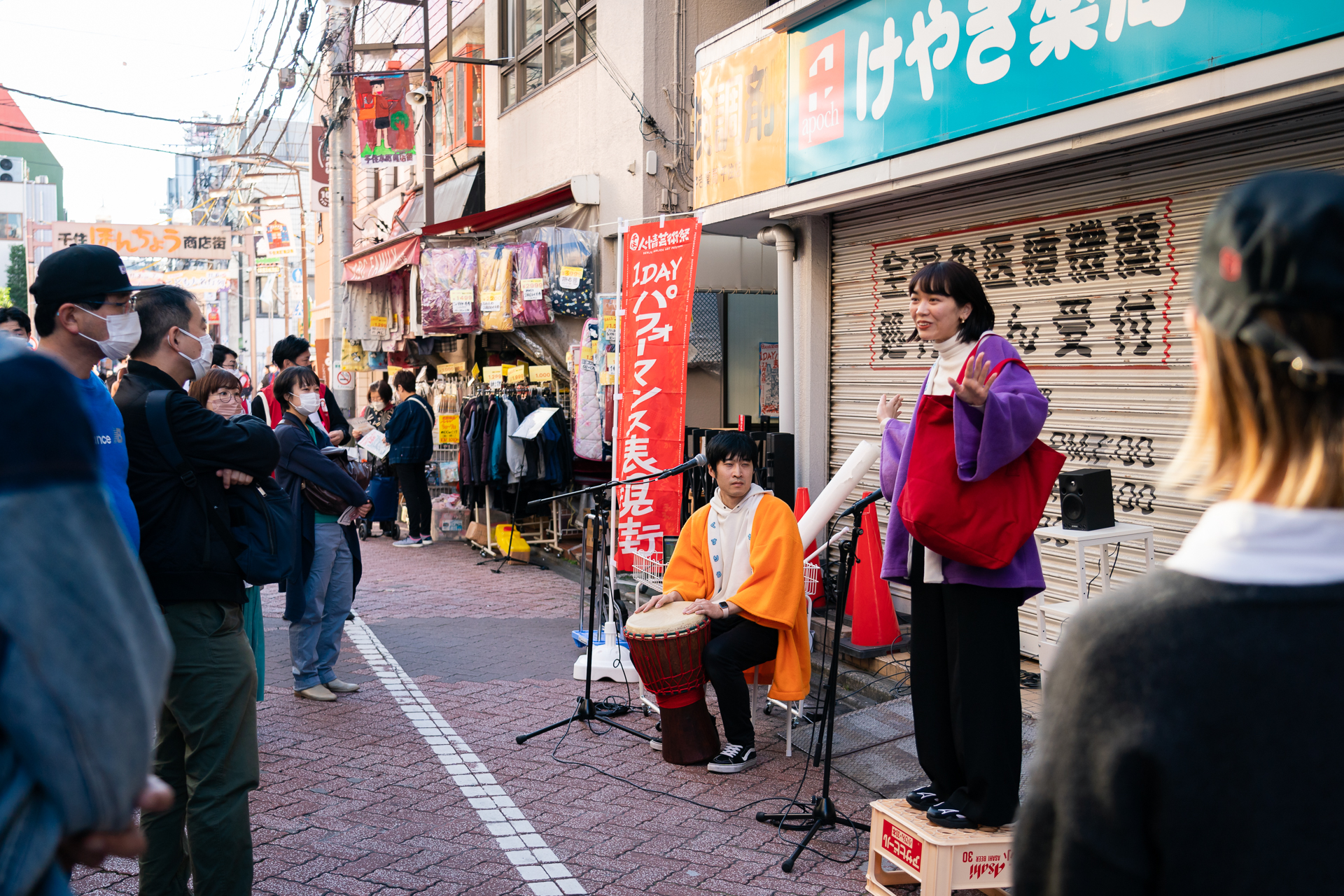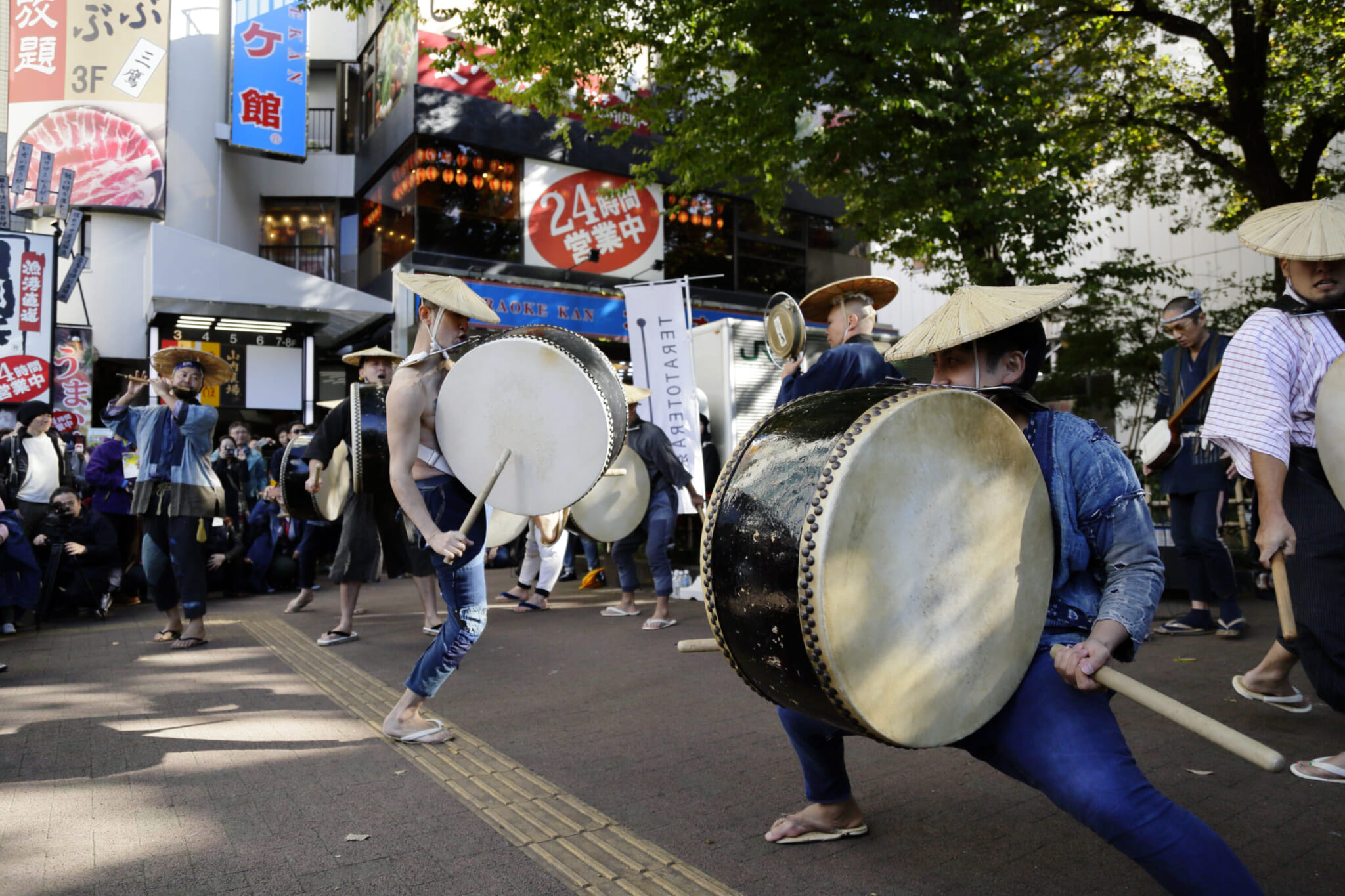Tokyo is like an ever-evolving art installation. Its hundreds of museums and galleries aside, there’s art and design poured into everything, from sky-high architecture to manhole covers. As art consumers, Tokyoites are blessed with abundance, but being active participants in art creation is a whole different story — one that can’t unfold without support in an increasingly disconnected society. This is where Tokyo Artpoint Project comes in.
Tokyo Artpoint Project is Arts Council Tokyo’s wide-ranging program of art projects organized with the Tokyo Metropolitan Government as well as nonprofits and other partners engaged in cultural activities. Between 2009 and 2022, Tokyo Artpoint Project worked with 56 nonprofit and other organizations and carried out over 45 projects. For well over a decade, the government has been investing in developing art and culture so that people — artists and non-artists alike — can harness their creative powers and channel them into community connections.
Art as an Act of Community
Art is a powerful medium for uncovering and dissecting social problems. Tokyo Artpoint Project invites people to consider the challenges they face and tackle them in new ways through art partnerships that involve the community. For instance, to address the alienation of modern times and big cities, the “Art Access Adachi: Downtown Senju – Connecting through Sound Art” by the Otomachi Project brought artists, local Adachi residents and Tokyo University of the Arts students to interact. This is just one of many “art points” — hubs where people gather for creative purposes — that bring together different members of a community and give them a shared experience. The hope is that after intersecting, collaborating and co-creating, everything these communities learned and experienced through art will become a part of their daily lives and make them better.
Creating Lasting Change
The art points cultivated through Tokyo Artpoint Project are built to last and take on a life of their own. The program fosters nonprofit project teams by investing in management training and sharing know-how so that these teams and their projects can become independent and self-sustaining after partnerships conclude. The goal is to create future art leaders and project organizers, as well as to connect them in a strong network.
Tokyo Artpoint Project counts many successes, including the abovementioned Otomachi Project, which is continuing independently after its partnership with Tokyo Artpoint Project ended in 2021. The Teratotera art project in Koenji, Kichijoji and Kokubunji is another great example. Key people from that project team formed a new organization called Teraccollective to continue conducting art activities with residents in the same area after the conclusion of Teratotera’s partnership in 2020.
While these communities and organizations carry on discussing society through art on their own, Tokyo Artpoint Project continues to collaborate with new partners in need of support. In fact, several projects are underway in 2023, including Karoku Recycle in which records of disasters are used to envision the future, and Metote-lab, a project revolving around the deaf community with the concept of generating new communicative methods and artistic expression. Since Tokyo Artpoint Project takes on issues connected to unique social contexts in specific moments in time, there will always be distinct art points to activate and bring into the fold.
For more information, check out the Tokyo Artpoint official website.
Sponsored Post

